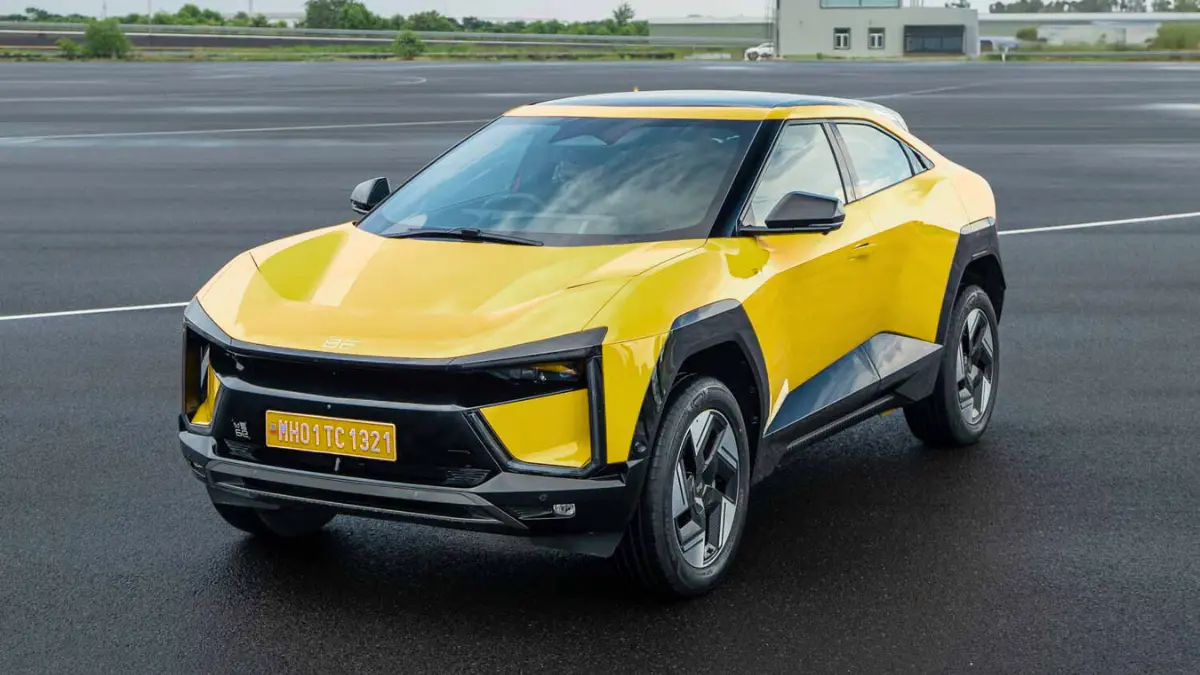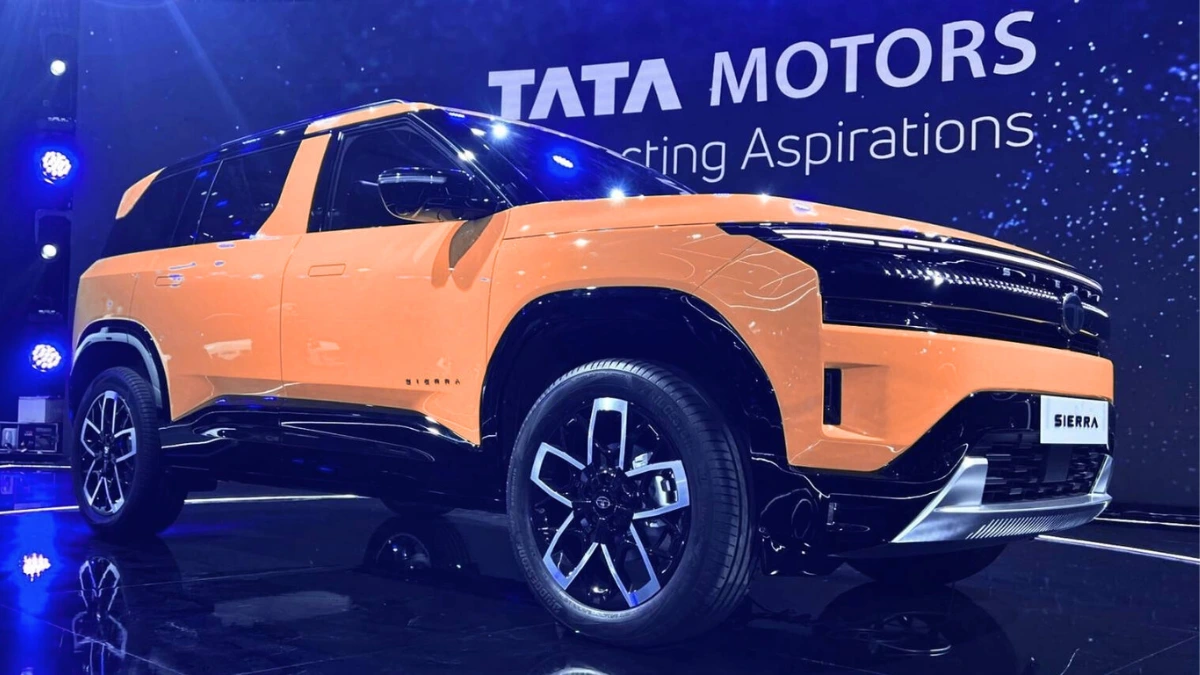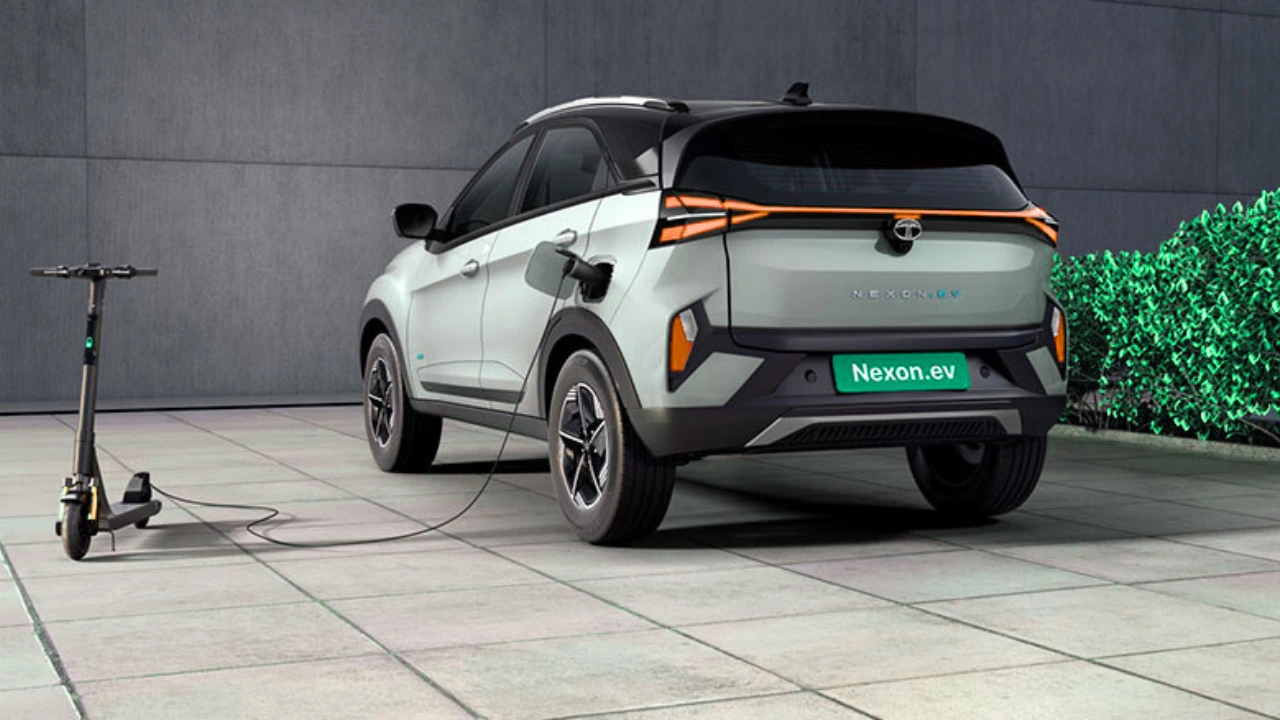India’s journey toward electric vehicles (EVs) is at a pivotal moment, but a new proposal from the Group of Ministers (GoM) on Goods and Services Tax (GST) could throw a wrench in the works. The suggested plan to raise GST rates on EVs priced above ₹20 lakh—from the current flat 5% to as high as 28%—risks derailing the nation’s clean energy ambitions. This sharp tax hike could inflate costs, discourage buyers, and unsettle manufacturers at a time when the EV sector is just starting to gain traction.
Details of the Proposed GST Changes
Currently, all electric vehicles in India enjoy a uniform GST rate of 5%, regardless of their price. The GoM’s new tiered structure, however, would change this drastically:
- EVs priced between ₹20 lakh and ₹40 lakh: GST would increase to 18%, adding significant costs to mid-range models.
- EVs priced above ₹40 lakh: GST would skyrocket to 28%, making premium models far less affordable.
For buyers, this translates to a steep price surge. For example, an EV costing ₹25 lakh could jump by ₹5–6 lakh, while a high-end model at ₹40 lakh might see its price rise by ₹9–11 lakh. Such increases could push EVs out of reach for many potential customers.
Affected Electric Vehicle Models
The proposed tax structure would hit a wide range of EVs, particularly those in the ₹20–40 lakh range, which is a critical segment for mainstream adoption. Popular and upcoming models likely to be impacted include:
- Mahindra BE 6 and XEV 9e: Modern SUVs designed to compete globally.
- Tata Harrier EV and Hyundai Creta EV: Mass-market SUVs poised to drive significant sales volumes.
- Kia Carens Clavis EV: A family-oriented MPV aimed at expanding the EV market.
- MG ZS EV and MG Cyberster: Early urban favorites known for their appeal and performance.
In the luxury segment, vehicles like the Tesla Model Y, BYD’s full lineup (including Seal, Atto 3, e6, and Sealion), and premium offerings from Mercedes, BMW, Audi, and Volvo would face substantial price hikes. For instance, a Tesla Model Y, currently priced at ₹60–68 lakh with the 5% GST, could climb to ₹78–88 lakh under the 28% slab, alienating many early adopters.
Why This Timing Is Critical
India’s EV market is already grappling with several challenges that make widespread adoption difficult:
- Rapid depreciation: EVs often lose resale value faster than traditional petrol or diesel vehicles.
- Battery replacement concerns: High costs for replacing batteries create anxiety about long-term ownership.
- Limited charging infrastructure: Public charging stations remain scarce, especially outside major cities.
- Skepticism about new technology: Many consumers hesitate to switch from familiar internal combustion engine (ICE) vehicles.
Impact on Manufacturers and Investments
Major automakers like Mahindra, Tata, Hyundai, Kia, and MG have poured billions into developing and localizing EV production, targeting the ₹20–40 lakh segment as a key market for India’s growing middle and upper-middle classes. A sudden tax hike could disrupt their financial projections and delay profitability. New players like VinFast and Tesla, who are planning significant investments in Indian manufacturing, may also reconsider their strategies if their products become 20–25% more expensive overnight.
For consumers, the math is daunting. An EV priced at ₹30 lakh today could cost ₹36–38 lakh under the 18% GST slab. For premium models above ₹40 lakh, the 28% rate could add ₹10–16 lakh to the price. Such increases threaten to undo years of government efforts to make EVs competitive through incentives and subsidies.
Broader Implications for India’s Goals
India has set bold climate targets, including reducing reliance on fossil fuels through widespread EV adoption. However, policies like this proposed GST hike send mixed messages. Instead of promoting clean transportation, higher taxes could turn EVs into luxury goods, affordable only to a small elite. At a time when global automakers are accelerating electrification, India risks falling behind if it imposes new barriers to affordability and accessibility.
Also Read –Maruti Suzuki e Vitara: A Game-Changing Electric SUV Set to Redefine Mobility
Conclusion
While the proposed GST increase on EVs priced above ₹20 lakh may aim to boost government revenue, its long-term consequences could be severe. Higher costs could stifle consumer demand, disrupt manufacturer plans, and undermine India’s clean mobility vision. To lead in the global EV race, policymakers must prioritize affordability and trust in the ecosystem. Without these, India’s dream of mass EV adoption by 2030 may remain out of reach.









